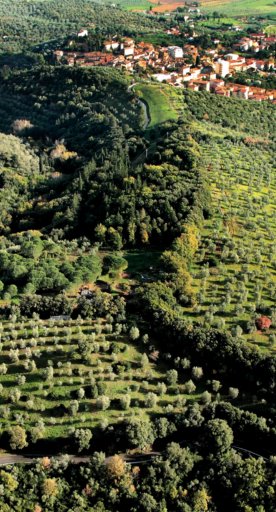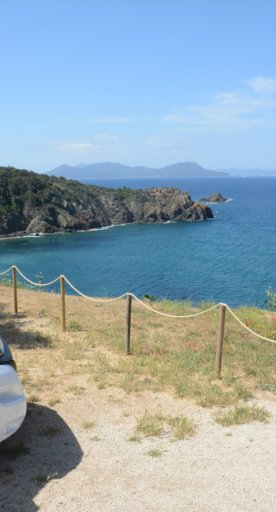Lying on a hill overlooking the sea and the surrounding countryside, Campiglia Marittima is one of the most beautiful villages in Val di Cornia, right on the Etruscan Coast.
In this historic medieval town, steeped in history and tradition, the streets, cobbled alleyways and palaces - arranged in concentric semicircles – add to the harmonious ambiance.
City walls surround the old town centre; artisan workshops, museums and typical taverns all overlook its distinctive squares.
The small village opens up into a silhouette of gulfs, headlands and islands; the landscape paints a beautiful picture of the marine reserve between the Argentario Promontory and the Baratti Gulf with a gorgeous panorama of the Tuscan Archipelago and, when the sky is clear, extends as far as the coasts of northern Corsica.






































